Most people trust that their favorite products will stay the same. Whether it’s the taste of cereal, the smoothness of soap, or the feel of laundry detergent, familiarity feels safe. But companies often make subtle changes that go unnoticed, even though those changes can affect quality, performance, or even safety. Ingredient swaps, cost-cutting substitutions, and quiet reformulations have become a widespread strategy for keeping prices stable while cutting production expenses. These products may look the same on the outside, but on the inside, they are not what they used to be.
Below are 17 everyday products that have quietly changed without alerting consumers.
1. Bar Soap Is Not as Moisturizing as It Used to Be
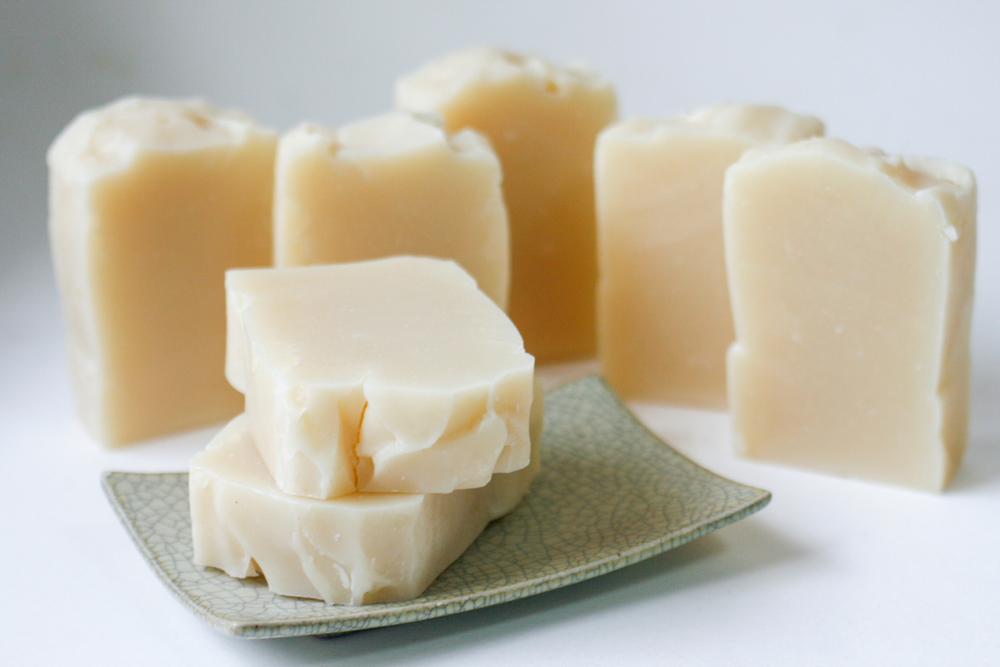
Decades ago, many bar soaps used animal fats or high-quality plant oils like coconut and olive to create a creamy, hydrating lather. Today, a growing number of soaps rely on synthetic detergents, fragrance boosters, and cheaper oils that reduce production costs but also reduce moisturizing benefits.
Some soaps now include sulfates and preservatives that dry out the skin, even if they still claim to be “gentle” or “sensitive.” Packaging and branding may be identical, but the feel on your skin and the reaction over time might be very different. These changes can lead to skin irritation or an increase in breakouts for people with sensitive skin.
Fragrance is another area where quality has dropped. Natural essential oils have been replaced with synthetic scents in many bars. This may extend shelf life, but it often causes stronger, more artificial smells. If your bar soap is suddenly drying or irritating, or it smells unusually strong, it may have quietly changed formulas.
2. Peanut Butter Has More Fillers Than Ever
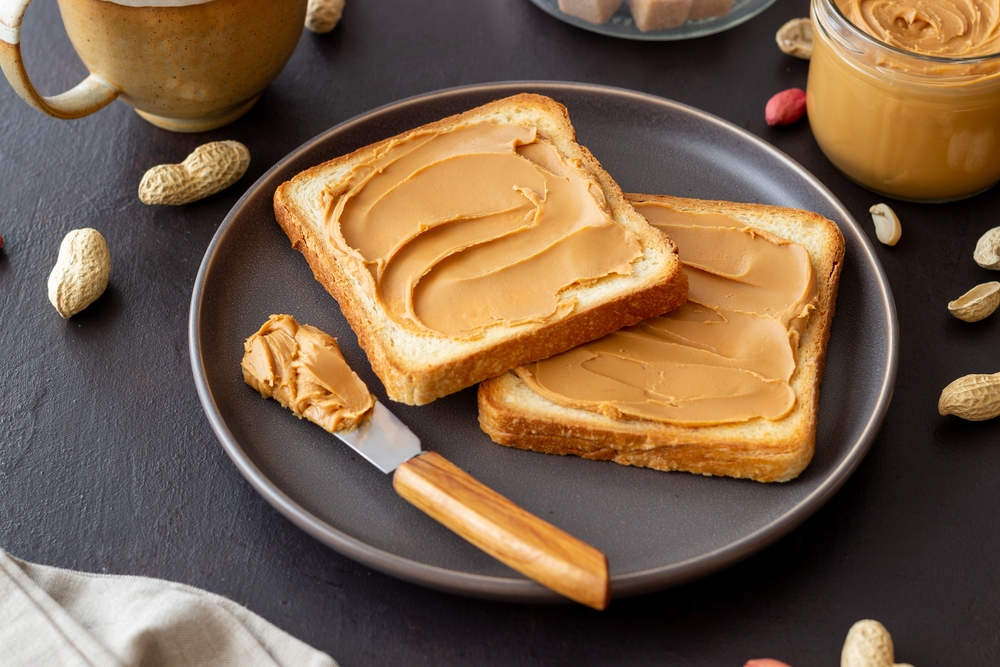
Peanut butter used to be a simple blend of roasted peanuts and a pinch of salt. Over the years, many popular brands have added sugar, hydrogenated oils, and starch-based fillers to enhance spreadability and extend shelf life. These added ingredients make the product more shelf-stable and cheaper to produce, but they also change its nutritional profile.
Consumers who grew up on a specific brand may notice that it feels creamier but tastes sweeter and less peanut-forward. This is not your imagination. Some peanut butters now contain additives that reduce oil separation or enhance mouthfeel, which also makes them less healthy.
Natural peanut butters with only peanuts and salt are still available, but they often cost more and require stirring. Many mainstream products still look the same in the jar, but their content no longer reflects their original recipes.
3. Laundry Detergent Is Weaker Than It Used to Be

Laundry detergent has changed dramatically over the years. What once took one capful now may require double or more for the same results. This is not because clothes are dirtier. In many cases, the active cleaning agents have been reduced or reformulated.
Companies often shrink the size of detergent bottles or change concentration levels while promoting them as “new” or “eco-friendly.” In reality, these changes sometimes include fewer surfactants or the addition of more water or fillers. Some detergents also substitute natural enzymes with synthetic ones that may not perform as well at lower temperatures.
In some liquid detergents, even the fragrance boosters are now stronger to mask the reduced cleaning power. This creates the illusion of cleanliness without the same stain-lifting effectiveness. If you notice your clothes are less fresh or require more detergent to get clean, the formula may have been downgraded.
4. Cereal Boxes Look the Same But Contain Less of the Good Stuff
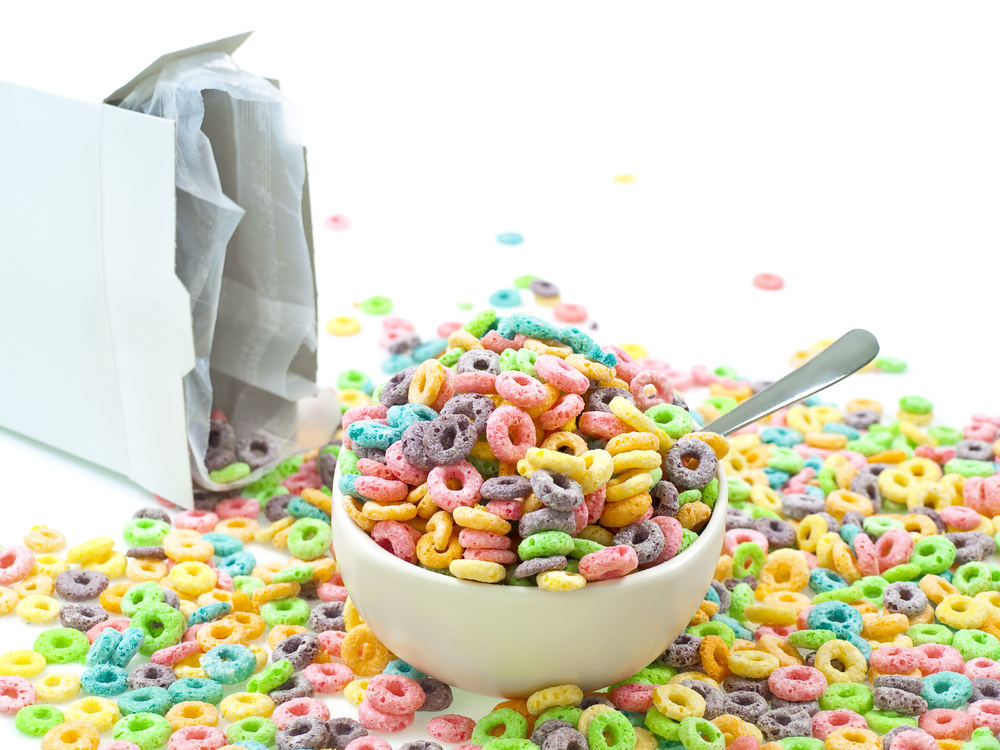
Breakfast cereals are one of the most quietly modified products on the market. Many classic cereals have lowered their whole grain content, reduced fiber, or added extra sugar to adjust flavor or cut costs.
In some cases, food dyes have been removed for marketing reasons and replaced with less colorful natural alternatives, while other cereals quietly cut vitamins and minerals that were once added to enhance nutrition. These changes do not always require front-of-package labeling, so consumers may not know they are buying a less nutritious product.
Some cereals now puff the grains more or increase air volume to make the same size box appear full. This kind of shrinkflation hides the fact that servings may be smaller or less satisfying. Your cereal may still carry the same name and mascot, but the formula inside the box could be very different from what it was ten years ago.
5. Cheese Products Are Using More Fillers and Less Real Cheese

Cheese slices, shredded cheese blends, and processed cheese spreads have seen major changes in their ingredient lists. Many now contain more oil, starch, and gums than actual cheese. These additives stretch the product further and reduce spoilage, but they also dilute taste and texture.
Some shredded cheeses are coated with anti-caking agents like cellulose, which reduces clumping but also affects melting. Cheese slices may be labeled as “cheese product” or “cheese food” instead of actual cheese, which is a quiet signal that the ingredients are not what they used to be.
Flavor profiles have also shifted, especially in sharp or specialty blends. Artificial flavors now stand in for aging processes that once gave cheeses their distinct taste. While these products still appear as cheese, they may melt differently, taste bland, or behave strangely when cooked.
Read More: 7 Foods You Should Avoid Cooking in Your Air Fryer
6. Bottled Juice Often Contains Less Fruit and More Water
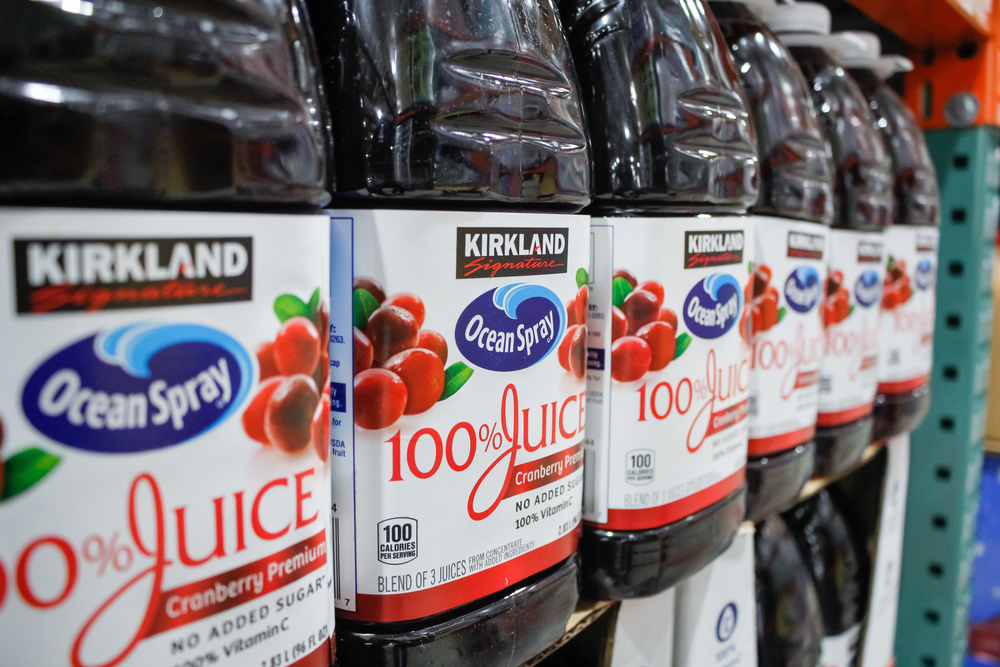
Bottled juices once promised 100 percent fruit content, but today many brands stretch their product with filtered water, added sweeteners, and flavor enhancers. What used to be pure orange or apple juice may now contain only a small percentage of actual juice.
The labels may still show fresh fruit, but the ingredients list often reveals concentrates, natural flavors, or added sugars. These changes reduce manufacturing costs and extend shelf life but often leave the drink less nutritious.
In some cases, “not from concentrate” juice has been replaced with reconstituted juice blends that taste similar but lack the same vitamin levels. If your favorite juice seems thinner, sweeter, or less satisfying, it likely underwent a quiet reformulation.
7. Canned Soup Has More Starch and Less Protein

Canned soup has long been a pantry staple, but many brands have quietly shifted their recipes. Older versions often contained large chunks of meat, whole vegetables, and flavorful broth. Today, you might find more modified starch, fewer solid ingredients, and a thinner flavor profile.
Protein sources like chicken or beef may be reduced or replaced with flavoring agents, soy fillers, or even textured vegetable protein. These additions mimic meat without adding much nutrition.
Salt levels may also rise to make up for blandness, leading to a product that is less balanced overall. If your soup tastes saltier but less filling, it likely contains more water and thickener than it used to.
8. Chocolate Has Less Cocoa and More Palm Oil

Chocolate lovers may not notice it at first, but many popular chocolate bars and candies now contain less cocoa and more vegetable oils. Palm oil is one of the most common substitutes, added for its low cost and long shelf life.
These oils can change the texture of chocolate, making it waxier or more oily at room temperature. The rich snap and melt-in-your-mouth feel of real chocolate is harder to achieve when cocoa butter is replaced or reduced.
Even premium brands have made quiet shifts, sometimes reducing cocoa percentages or adding emulsifiers like soy lecithin. Over time, this changes how the chocolate tastes and feels, even if the bar looks the same on the outside.
9. Yogurt Contains More Additives and Less Dairy
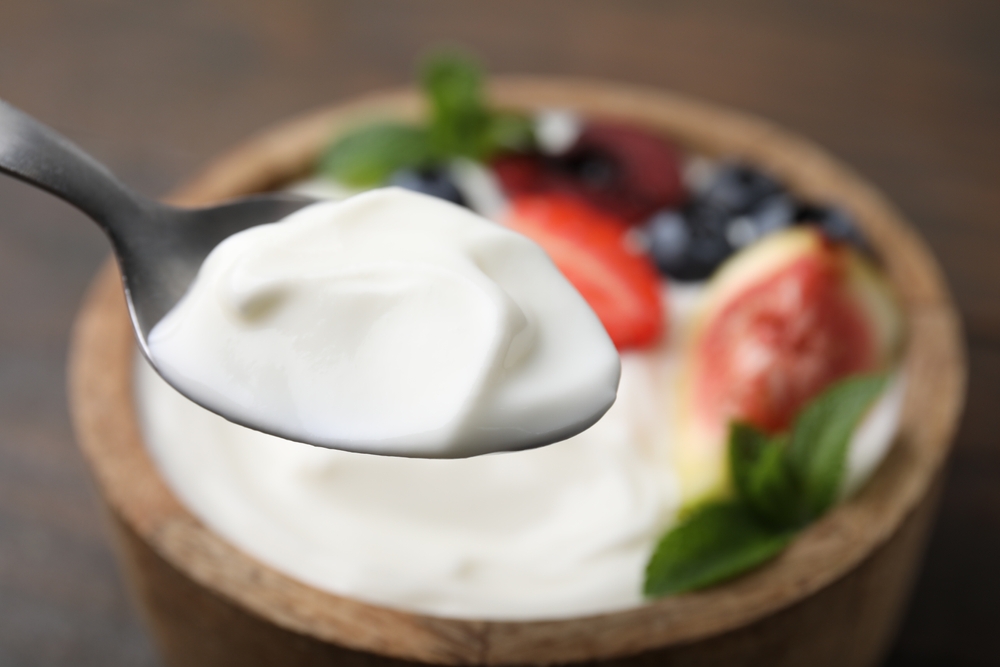
Traditional yogurt was made with whole milk and live cultures. Today, many yogurt brands cut corners by reducing dairy fat, thickening the product with starch or gelatin, and loading it with artificial flavors and sweeteners.
Fruit-on-the-bottom yogurts may now feature fruit purees mixed with corn syrup, and “low-fat” versions often add sugar or sucralose to maintain flavor. This leads to a product that looks creamy but lacks the same nutritional density.
In some cases, live cultures are still listed, but their actual activity may be minimal by the time the yogurt reaches your fridge. For the same container size, the difference in gut health benefits and natural ingredients can be significant.
10. Toothpaste Has Added Sweeteners and Fewer Active Ingredients

Toothpaste branding usually emphasizes whitening, cavity protection, or sensitivity relief. However, the formulas have quietly changed in many common brands. Some pastes now contain more foaming agents like sodium lauryl sulfate and less of the actual cleaning or mineral-supporting ingredients.
Artificial sweeteners such as saccharin are added to improve taste, even though they offer no oral health benefit. Whitening toothpastes may rely more on abrasive ingredients rather than gentle stain removers, which can wear down enamel over time.
Others reduce the fluoride content slightly while emphasizing cosmetic benefits, such as foaminess or mint flavor. If your toothpaste tastes stronger but does not feel as effective, these formula changes may be to blame.
11. Ice Cream Now Uses More Air and Less Cream

Traditional ice cream was made with rich cream, real sugar, and natural flavorings. Today, many mass-market brands have quietly shifted to lower-cost ingredients like milk substitutes, stabilizers, and excessive air churning.
The result is a lighter, fluffier product that may feel creamier but actually contains less dairy. More air, known as overrun, allows companies to sell the same container size with fewer real ingredients.
Some flavors now rely heavily on artificial flavoring and added gums like guar or carrageenan to maintain texture. If your favorite ice cream melts faster, tastes thinner, or feels foamy, it may have been reformulated to reduce cost without reducing volume.
12. Mayonnaise and Spreads Use Cheaper Oils
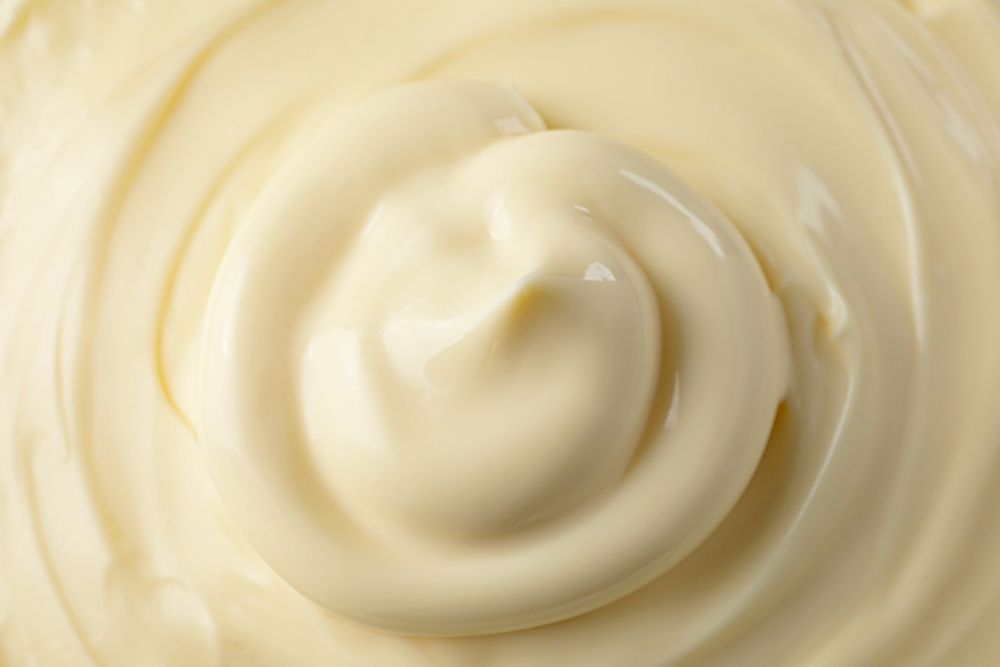
Classic mayonnaise used to be a simple mix of eggs, vinegar, and oil, often made with soybean or canola. Today, many store brands and even name brands have swapped in cheaper alternatives like palm oil or corn oil to lower production costs.
These oil changes can affect flavor, mouthfeel, and even how the mayo interacts with other ingredients in recipes. Some brands also reduce egg content, which affects the emulsion and results in a runnier or blander spread.
Many still use the original label designs and claim to be “real” or “classic,” but a side-by-side taste test reveals a noticeable difference. The reformulated versions often feel slicker and have a less rich taste overall.
13. Instant Coffee Now Contains More Fillers
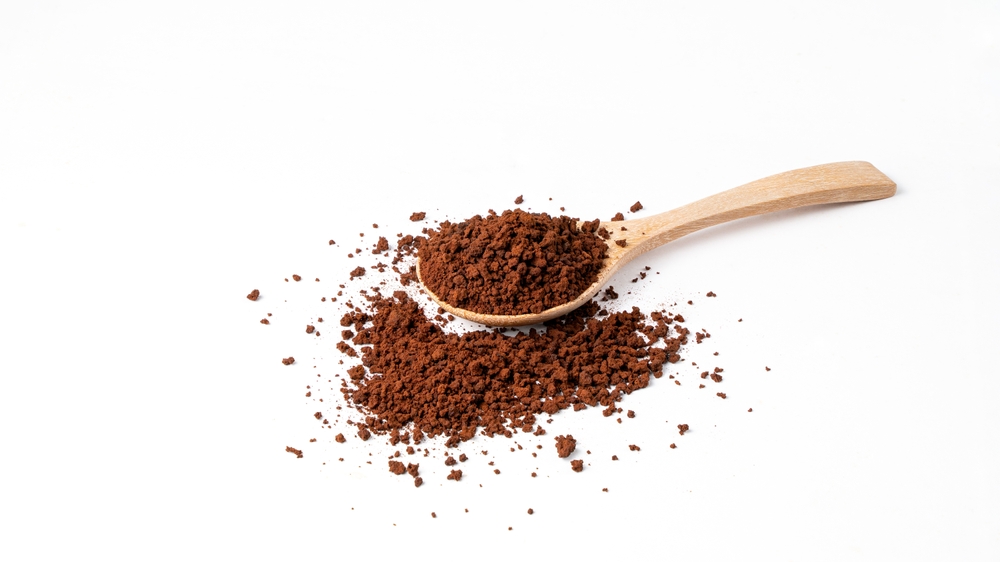
Instant coffee used to be freeze-dried from brewed coffee, preserving flavor in crystal form. Today, many brands include maltodextrin, added sugars, or even non-dairy creamers in their blends.
These additives stretch the coffee content, reduce bitterness, and add body, but they also dilute the actual caffeine and quality. Some instant coffees now rely more on artificial flavors and less on the original beans.
The granules may look the same, but the brew often tastes flatter, more acidic, or oddly sweetened. Even premium labels may include additional agents to boost color or simulate crema.
14. Crackers and Chips Use More Starch, Less Grain

Snack foods like crackers and chips once contained basic ingredients such as wheat flour, oil, and salt. Today, many products use starches from tapioca, rice, or modified corn to extend crunch and increase shelf life.
This change often results in snacks that taste lighter or crispier but are less satisfying. Real whole grains are often replaced or reduced, and the seasoning is sometimes intensified to mask the lack of real grain flavor.
The oil content may also shift toward cheaper palm or soybean oils, which alters how the product bakes and stores. A favorite cracker may look the same but now crumble more easily or leave an oily residue.
15. Packaged Deli Meat Has More Water and Preservatives

Packaged turkey, ham, or chicken slices may advertise lean protein, but many now contain a high percentage of water, flavor enhancers, and phosphates. These ingredients add bulk and improve appearance but reduce real meat content.
Water injections, called plumping, increase weight and change texture, making the meat feel softer and juicier while actually diluting its nutritional value.
Preservatives like nitrates, sugar, and salt have also increased in many brands, extending shelf life but altering flavor and health quality. If your deli meat feels slippery, overly salty, or strangely uniform, it likely contains more additives than it used to.
16. Pasta Sauces Use Less Tomato, More Sugar and Thickeners
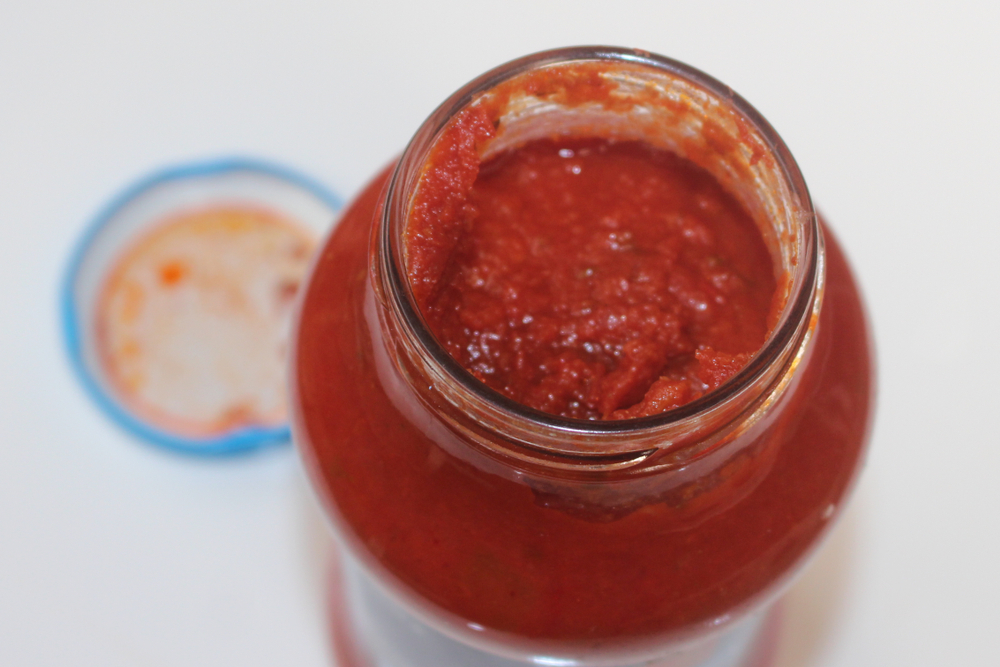
Jarred pasta sauces were once made with crushed tomatoes, garlic, and herbs. Today, many brands use tomato paste concentrate, water, sugar, and starch to build body.
These shortcuts save money and allow for consistent texture but reduce real vegetable content. Sugar content has quietly increased in many sauces to balance the flavor, often making them taste more like ketchup than marinara.
Some sauces also add soybean oil or cornstarch to maintain thickness. This alters the way the sauce clings to pasta and reduces the nutritional content from whole tomatoes. If your sauce tastes sweeter or artificial, it likely includes more filler than before.
17. Cooking Oil Bottles Contain More Blends and Additives
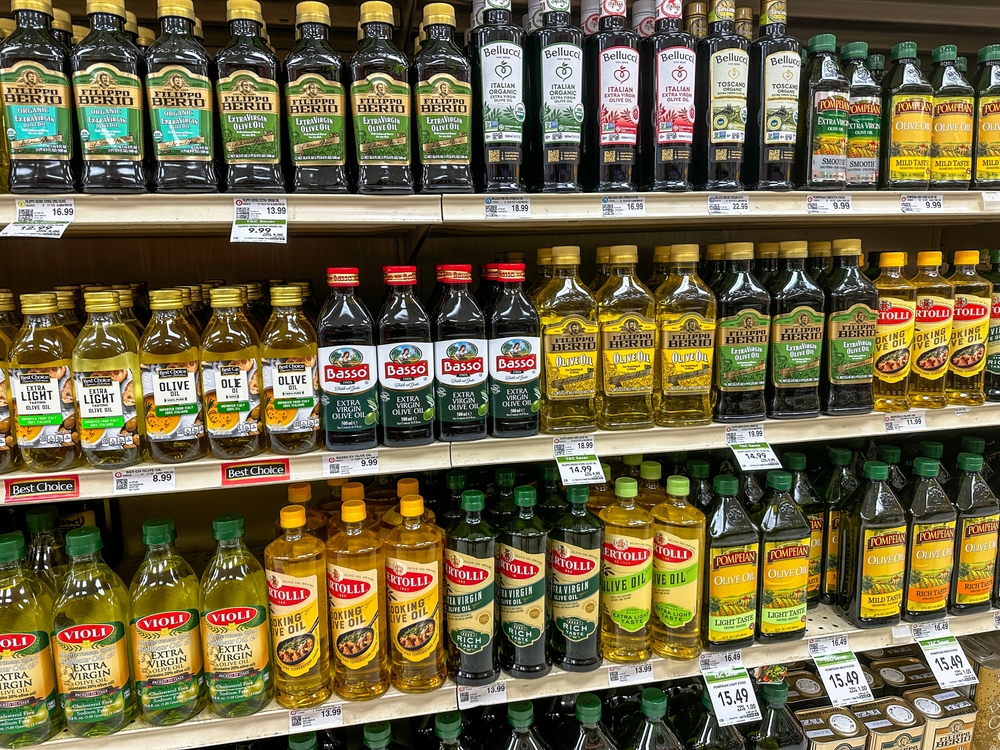
What used to be a bottle of pure olive or canola oil may now be a blend of several oils, including cheaper refined oils like soybean or grapeseed. Labels often highlight the main oil, but small text reveals the mixture.
These blended oils reduce cost and extend shelf life but can also affect taste, smoke point, and nutritional value. Some cooking oils also contain anti-foaming agents or artificial coloring to improve appearance.
If your cooking oil no longer smells rich or performs the same in high heat, it may have been quietly diluted. Consumers often need to read the fine print or look for cold-pressed or single-origin options to find truly pure oil.
Read More: These 27 Fast-Food Items Are Just Not Worth It
Conclusion

From toothpaste and peanut butter to ice cream and olive oil, these 17 common products have slowly and quietly evolved. The packaging, branding, and marketing stay familiar to maintain consumer trust, but the ingredients often shift in ways that prioritize cost over quality.
Recognizing these changes empowers you to make better decisions about what you consume. Reading ingredient lists, paying attention to flavor or texture changes, and being skeptical of “new and improved” claims can help you spot where quality may have dropped.
What looks like the same product on the outside can be very different inside. As more shoppers become aware of these quiet changes, brands may face growing pressure to return to simpler, more honest formulas.
Disclaimers: This article was created with AI assistance and edited by a human for accuracy and clarity.
